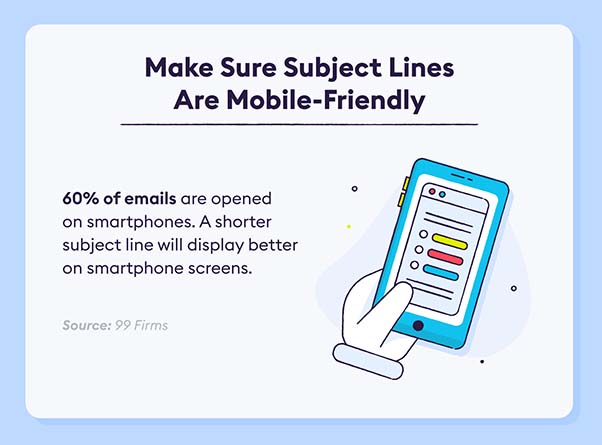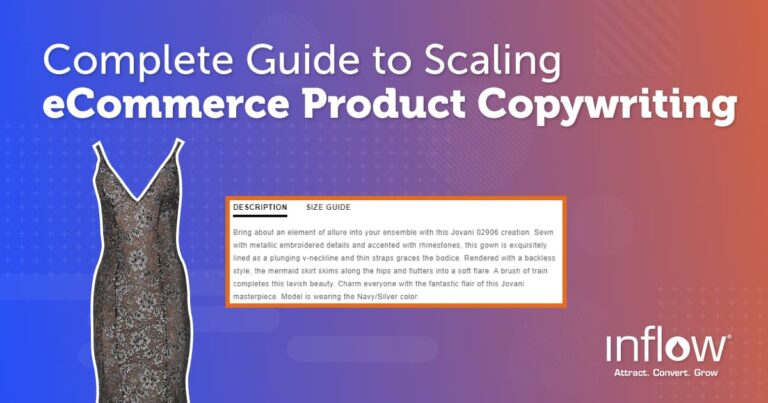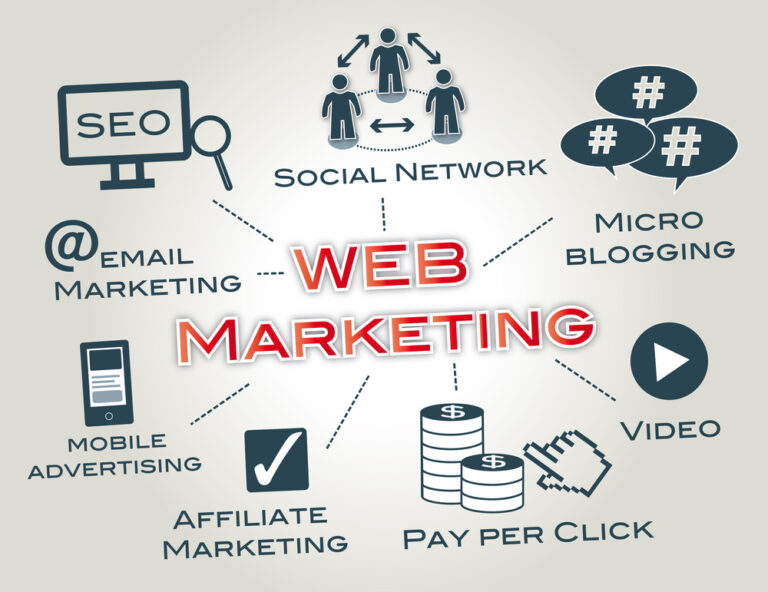The Importance of Customer Feedback
Customer feedback is important for many reasons, one being that it benefits the growth of your business. When you gain insight into the customer experience (CX), it can be used to improve your processes and guide your business in new directions. Additionally, customer feedback helps your customers feel as though they are being heard. It allows them to feel included within the community of the business, which helps with consumer retention rates.

Collecting Feedback Via an Emailed Survey
Emails are extremely successful when used as part of ecommerce digital marketing strategies. The ROI on email marketing is around 3800%, and it tends to be more acceptable for consumers, as they prefer to receive information through email rather than phone calls or text messages.
According to 99 Firms, 60% of emails are now opened via smartphone.
Because consumers are used to receiving marketing messages through email, they’ll be more open to your request for feedback. So, don’t be shy. Begin the survey message with a friendly greeting, but make sure you maintain clarity about what you hope to receive from their feedback.
Use concise language to get your message across, and provide a clear call to action to instruct them on their next steps. It’s also helpful to ask questions that are easily answered — make the process simple to complete, and they’ll be more likely to follow it through to the end.
How to Increase Email Survey Response Rates
Once you’ve started streamlining the process of collecting feedback, there are some additional steps you can take to increase the effectiveness of your surveys. Read on for some of the best email subject line tactics.
Personalise the Subject Line
Personalisation is important to the consumer experience. It allows them to feel valued by the company, and it keeps them coming back. Additionally, personalised emails have a 29% higher open rate. To personalise your emails, try using the recipient’s first name.
Optimise Your Email for Mobile

According to 99 Firms, 60% of emails are now opened via smartphone. This means the subject lines need to be easily read from a mobile phone — subject lines should be 60 characters at most and should stay under 10 words. Your company should also optimise images and text so that it is responsive to the settings of a mobile device. If your survey is embedded in the email, make sure it is easy to complete. Try testing it out before sending it.
Incentivise
Consider offering something in return for completing the survey. If you have limited resources, your company could offer a chance to win a prize for all survey participants, rather than offering a discount to each person who completes the survey. However, if you offer the reward to each individual participant, you will likely see higher participation results.
Convey Urgency
If you put a caveat or a deadline on the survey, chances are, participants will complete it more quickly. However, this technique shouldn’t be overused, because if it is, the sense of urgency can lose its impact.
Test Subject Lines
It can be easy to come up with multiple subject lines, but then you have too many to choose from. Try A/B testing with your email subject lines. In A/B testing, one option is sent to one group (group A) and another subject line is sent to a different group (group B).
After you’ve sent out the emails, monitor open and response rates. The best-performing subject line should be the one used in the actual email. A/B testing can be used for a multitude of factors, including discovering ideal days and times for sending emails.
Ecommerce and Email
Like it or not, ecommerce business success often depends on how strategically your business can send emails to your customers. The knowledge you gain from survey feedback can be used to improve your business in numerous ways, but it all starts with the subject line.






